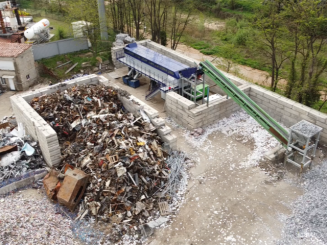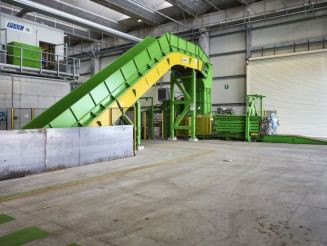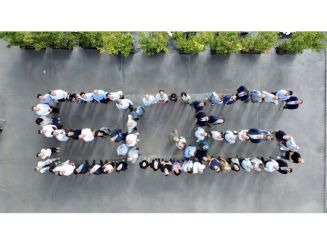World takes a stand against powerful greenhouse gases with implementation of Kigali Amendment
The Kigali Amendment to the Montreal protocol will reduce the projected production and consumption of hydrofluorocarbons (HFCs) by more than 80 per cent over the next 30 years.

The world has taken an important step on the road to drastically reduce the production and consumption of powerful greenhouse gasses known as hydrofluorocarbons (HFCs) and limit global warming, with the Kigali Amendment to the Montreal Protocol on Substances that Deplete the Ozone Layer coming into force on 1st January 2019.
If fully supported by governments, the private sector and citizens, the Kigali Amendment will avoid up to 0.4°C of global warming this century while continuing to protect the ozone layer. The amendment will substantively contribute to the goals of the Paris Agreement.
HFCs are organic compounds frequently used as refrigerants in air conditioners and other devices as alternatives to ozone-depleting substances controlled under the Montreal Protocol.While HFCs themselves do not deplete the ozone layer, they are extremely potent greenhouse gases with global warming potentials that can be many times higher than carbon dioxide.
The parties to the amendment have put in place practical arrangements for its implementation, including agreements on technologies for the destruction of HFCs and new data reporting requirements and tools. The amendment comes with provisions for capacity-building for developing countries, institutional strengthening and the development of national strategies to reduce HFCs and replace them with alternatives. Phasing down HFCs under the Kigali Amendment may also open a window to redesign cooling equipment that is more energy efficient, further increasing the climate gains.
Implementation of new targets set out in the amendment will be done in three phases, with a group of developed countries starting HFCs phase-down from 2019. Developing countries will follow with a freeze of HFCs consumption levels in 2024 and with a few countries freezing consumption in 2028.
Ratified by 65 countries so far, the Kigali Amendment builds on the historic legacy of the Montreal Protocol agreed in 1987. The Protocol and its previous amendments, which require the phasing out of the production and consumption of substances that cause ozone depletion, have been universally ratified by 197 parties.
The broad support for and implementation of the Montreal Protocol has led to the phase-out of more than 99 per cent of nearly 100 ozone-depleting chemicals and significantly contributed to climate change mitigation.
Evidence presented in the latest Scientific Assessment of Ozone Depletion shows that the ozone layer in parts of the stratosphere has recovered at a rate of 1-3% per decade since 2000. At projected rates, Northern Hemisphere and mid-latitude ozone is scheduled to heal completely by the 2030s followed by the Southern Hemisphere in the 2050s and polar regions by 2060.













